What is Wet Wipe Island and what can you do about it?
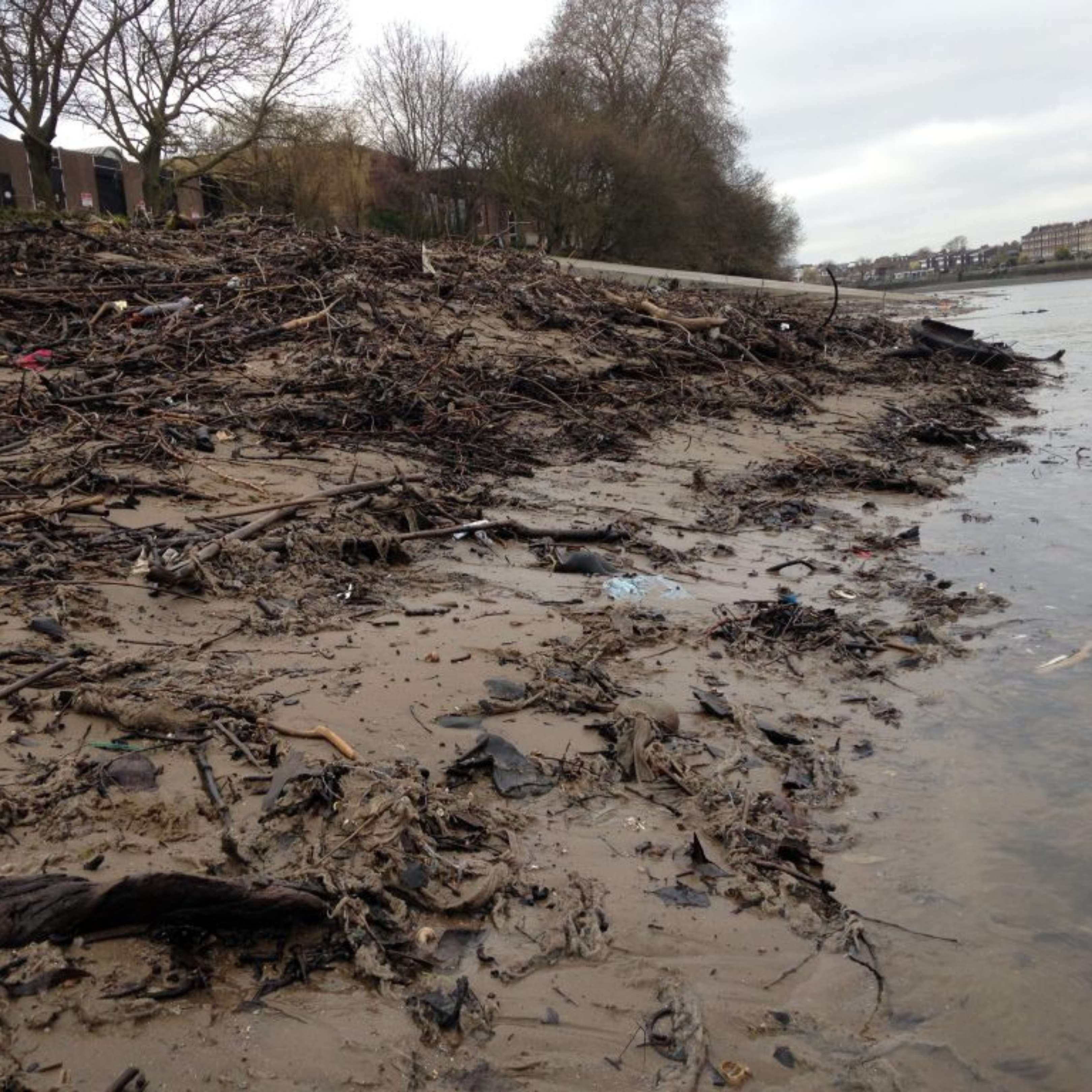
What is Wet Wipe Island and what can you do about it?
Recently we've seen major headlines referencing a fatberg that’s been disrupting the flow of the Thames, and it’s the size of two tennis courts. Now, this isn’t an invitation to grab your racket and the nearest ball boy, it’s a wake-up call to acknowledge the shudder-inducing number of nether-napkins caking up our riverbeds. The Times, The Telegraph, The Independent and a variety of other news outlets have been urging the public to stop flushing the pesky potty wipes.
In fact, this specific fatberg, coined ‘Wet Wipe Island’ was found in Hammersmith, London, and is the result of countless people flushing wet wipes down the loo. A fatberg is a build-up of grease and household matter that can block sewers and increase overflows into rivers, and around 90% of the matter found in them is wet wipes. Flushing wipes significantly increases the risk of fatbergs, sewer blockages, water body pollution and negatively impacts aquatic wildlife.
How are wipes getting from the loo into our rivers in the first place? If wipes are ‘fine to flush’ then how is this happening? And what can we do to prevent the negative impacts?
Discover the guilt-free alternative to wet wipes that won’t harm the planet

How do wet wipes end up in our rivers? – The origins of ‘Wet Wipe Island’
When we flush, the contents of the toilet shoot down the pipes of our house, into the sewers, and take a day trip to the nearest waste-water treatment centre. However, when blockages (like fatbergs) form during this process, they can cause major disruption. Not only that, but sewage and waste-water treatment centres can only hold a certain level of waste, and are designed to overflow when there is extra pressure on the system from heavy rainfall or flooding. And where do you think the wet-wipe laden waste water is expelled to? Yep, you guessed it! Our lovely local rivers and watercourses, yay (not)!
Water companies are being prosecuted every month for discharging raw sewage into rivers and watercourses. Millions of pounds worth of fines have been distributed to water companies in the last 12 months nationwide. This doesn’t come without cost to the general public either, it’s the taxpayer that ultimately funds the removal of accumulated waste in our rivers.
Fatbergs are only one part of the issue too. The wipes included in the discharge of this raw sewage create choking hazards for wildlife, whilst ruining beautiful landscapes and contaminating the water that some may allow themselves or their pets to swim in. Let us tell you, Thames’ tummy will be the least of your worries once you find one of these little naughty napkins floating by you on your morning swim.
It’s so easy to assume that flushing ’just one’ wet wipe won’t make a difference, but we still see millions of colon cloths being flushed each year in the UK. The average Joe can’t be blamed for this though - the packaging of these sewer stoppers can be very misleading when it comes to what can and can’t be flushed, meaning that innocent people are falling victim to the ‘flushable’ façade.
Are ‘flushable’ wet wipes a practical solution?
The UK has been suffering the consequences of flushed poopy petticoats for a while now, and wet wipes marketed as ‘flushable’ are making matters worse. But ‘flushable’ isn’t the same as ‘fine to flush’. When you see ‘flushable’ on your packet of tedious towels, it generally means that it will get past the u-bend and won’t block your pipes. However, these wipes are still making up a huge part of the fatbergs in our sewers.
‘Fine to flush’ is an accreditation that was introduced in 2019 to decide whether specific wipes dissolve fast enough to avoid being caught in sewage blockages, giving consumers the opportunity to make conscious decisions when wiping with a moist toilet wipe. Be sure to look out for the ‘fine to flush’ symbol if you need to buy wet wipes. However, this is only effective when one wipe is flushed at a time. The ‘one wipe at a time’ rule, unfortunately, isn’t widely understood which makes ‘fine to flush’ not very fine in the end. Furthermore, there are a number of studies that show that even certified ‘fine to flush’ wipes are responsible for sewer blockages in the UK (although thankfully fewer than their dreaded plastic cousins).
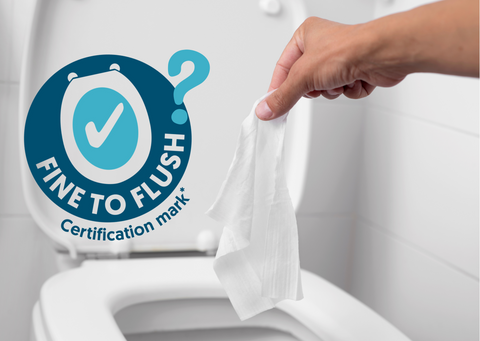
But are ‘flushable’ wet wipes actually safe to flush?
We don't recommend it, but technically, yes, you are allowed to flush wet wipes that have the ‘fine to flush’ accreditation, but it’s important to keep in mind the rule of flushing only one at a time.
The issue with ‘flushable’ wipes is that even though they can decompose, it doesn’t mean that they'll do it quickly. Because these wipes take longer to dissolve, the chances of them causing blockages and adding to fatbergs is still a major concern for our sewers (and us!).
That being said, even with 100 certified manufacturers selling ‘fine to flush’ wipes, Thames Water still saw 24 million individuals admitting to flushing the malicious moisties that were advertised as un-flushable. If we don’t say goodbye to flushing before we think, we could be saying hello to more environmentally damaging and disruptive fatbergs like the recent one in Hammersmith.
Environment Minister Rebecca Pow even stated in parliament: “What I would say to everybody is if you don't need to use a wet wipe, don't, but also don't chuck them down the loo,”
Find out more in our blog: Why Wet Wipes are Bad for the Environment & What to Do About It!
How can we prevent future wet wipe sewer blockages?
The way forward, in short, is to tackle the issue from the top. By encouraging restrictive regulation around the type of wipes that manufacturers can and can’t sell, we’re able to limit the distribution of wet wipes that are likely to cause sewer blockages, which have a high chance of ending up in our rivers. By acting as conscious consumers and supporting regulation that prohibits wet wipes, we will be on our way to reducing sewer damage and negative environmental impacts. If effective regulations are put in place, we may get to a point where we rarely see these colossal fatbergs ruining our local rivers and water courses.
Wet wipes have been on the rise over recent years, with people focussing more on personal hygiene due to the pandemic. The top offenders are baby wipes, household cleansing wipes, makeup removing wipes, and you know it, flushable wipes. The proliferation of wipes for every purpose has led to confusion as to which can be flushed, how they should be flushed (never more than one at a time) and whether the convenience of the disposable doilies is worth the short-term benefits, in the long run.

Eco-friendly wet wipe alternatives that go without flushing
Now, 10 years ago you would have been hard-pressed to find eco-friendly alternatives for your day-to-day items. But that is no longer the case, there are a vast range of alternatives, with the science to go with them. Below we have listed some of our favourite options that keep the world turning and the water in your pipes flowing.
With plenty of options for every wallet, make-up removing reusable pads are gentler on your skin and don’t require excessive scrubbing. Pop them in the wash when they’re dirty and once clean, they’re ready to be used again and again!
If you can’t help but think of the world your kids will be inheriting long after you’ll be done wiping their behinds, start by never flushing baby wipes, make sure to chuck any (plastic-free) wipes into a nappy bin, and finally if you want to stay away from any single-use items, opt for reusable baby wipes.
Now, nobody enjoys cleaning the toilet, and the temptation to get rid of anything that came in close contact with the exploits that we’re least proud of is understandable. However, a bit of queasiness is nothing that a good pair of gloves and some determination can’t solve.
-
Make sure to keep all your toilet cleaning materials separate from the ones you use in the rest of the house, don’t want to be mistaking a face cloth for your toilet cleaning cloth, do you?
-
Help yourself with a toilet brush to get the worst of the grime off, and make sure to use an eco-friendly cleaning product as well!
-
If your seat is in a right state, give it a first pass with some toilet tissue or kitchen roll (If you use kitchen roll do not flush it) and then go ahead with the reusable wipes to get a sparkling finish. Grossed out? Nothing that a good hot round in the wash can’t kill.
-
To help separate reusable cleaning cloths from face cloths and everything else, you can opt for colour coding, and make sure cloths with different purposes don’t get mixed up!
Of course, when looking at the causes behind the formation of ‘wet wipe island’, we must acknowledge that much of the debris littering our riverbeds is the result of the most obvious commode commodity, the toilet wipe (or the variety of wipes that are deemed suitable to ‘toilet’ with in a time of need, if you know, you know).
That is where we come in. Here at Wype, we set out to design an alternative to toilet wipes that is effective, fully flushable, and leaves you as clean as a whistle. Simply grab a bottle of our natural gel and your favourite bog roll (we recommend recycled or bamboo) and wipe away without the fear of harming the environment.

Wype is an intimate cleansing gel that can be applied to your toilet tissue and used as a sustainable alternative to river ruining wet wipes. Simply apply the COSMOS organic, natural gel to your toilet paper and wipe however you usually would!
Wype was designed as a solution to the damage that wet wipes cause to not only our sewers, but to wildlife, ecosystems and the environment too. We know that toilet paper is A-okay to go down the drain and dissolves before it can contribute to sewer blockages, but we also know that people enjoy the fresh feeling after using a moist toilet wipe. We're peachy keen on making sure you don’t have to give up that peachy clean feeling when trying to do the right thing. Enjoy an easy way to make conscious decisions, even with your trousers around your ankles.
We believe that the only thing that should be the size of 2 tennis courts is...well...2 tennis courts. As disheartening as we have found the fatberg in Hammersmith, we are happy that it has shone light on the fact that flushing wet wipes is still a very real problem with tennis court-sized consequences.
Better than wipes, and more effective and gentler than toilet paper alone. Wype’s gel formula and refillable applicator are set to replace the pack of ugly wet wipes you’re hiding in your bathroom, as well as leaving you bright-eyed and bushy-tailed. A guilt-free flush is the best kind of flush, so don’t let toilet time get muddied by nasty wet wipes!
See what all the Wype’s about!
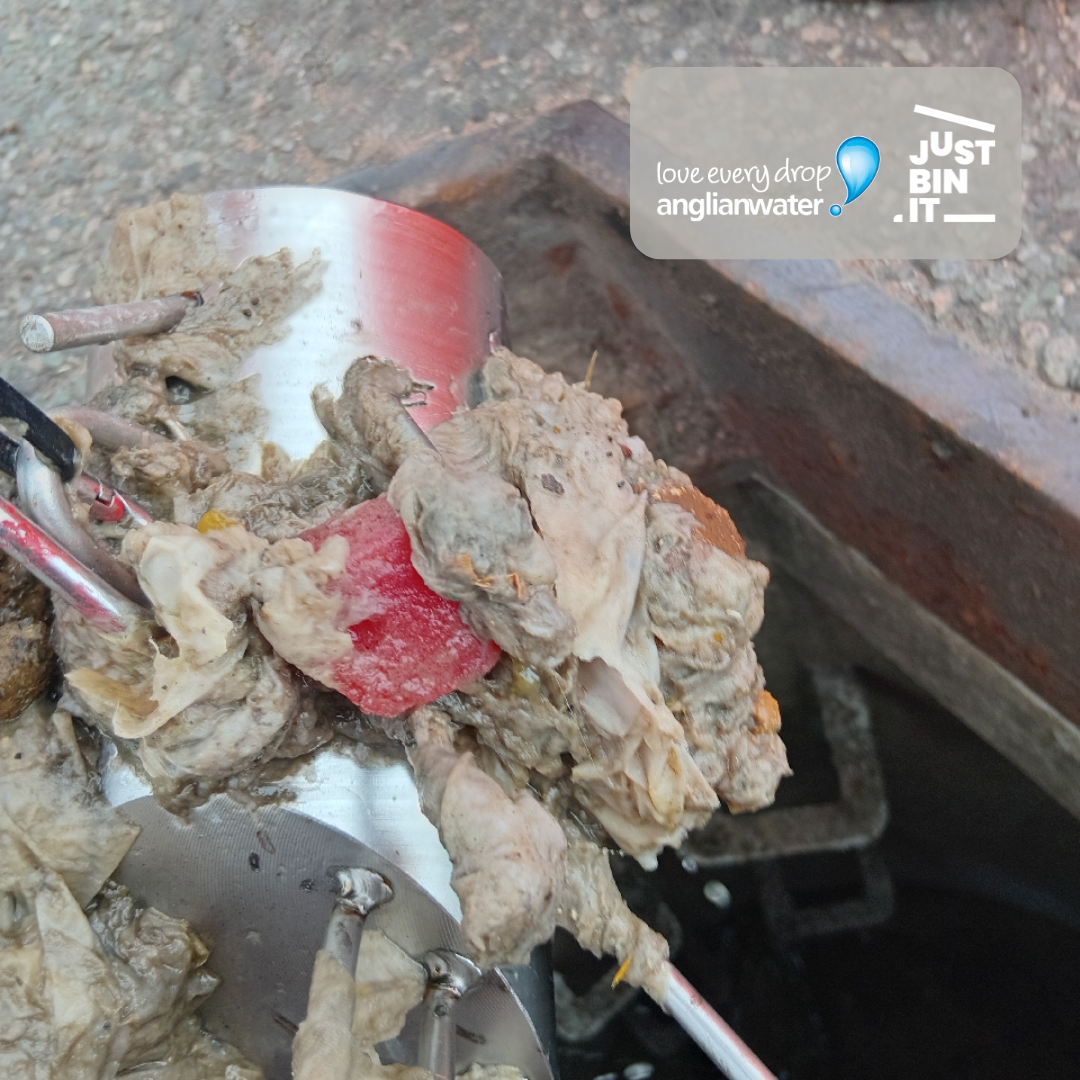
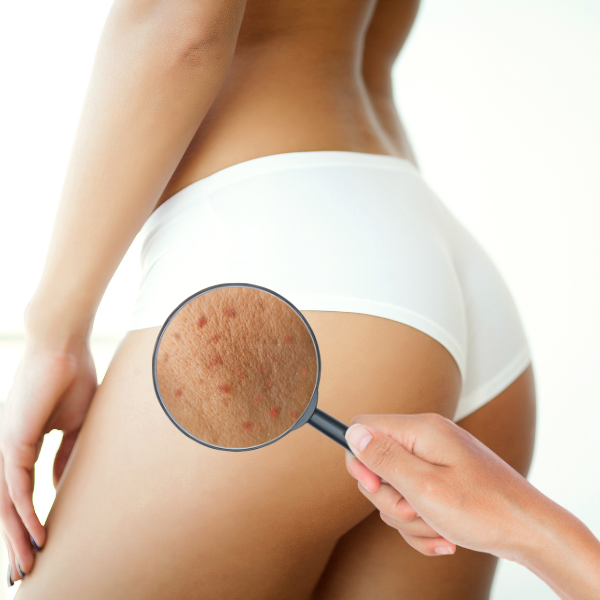
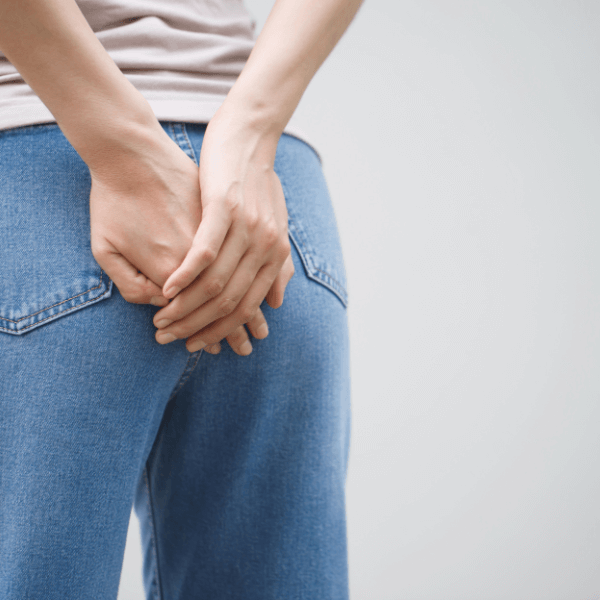
Love wype! My botty has never felt so pampered.
Brilliant report and so worrying to read about these wipes. We need you guys to share the love far and wide!
Wype : clean behind, clean conscience!
Non flush wet wipes should be banned. Blocked sewers and rivers are just gross. Use WYPE , its brilliant
Very well written, clear and understandable. Also, most amusing. Gradually ‘wee’ ning myself from toilet tissues. Love the product.